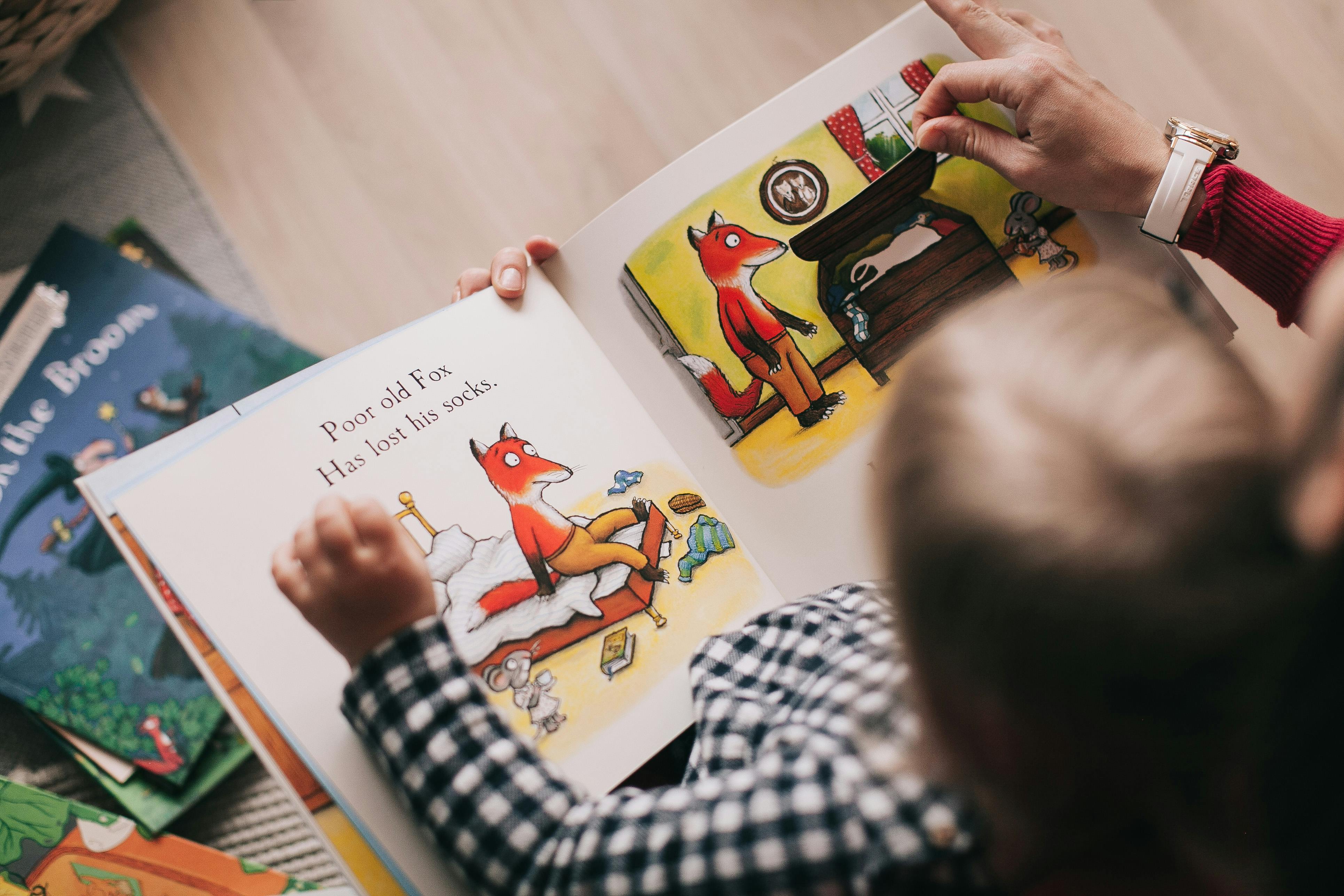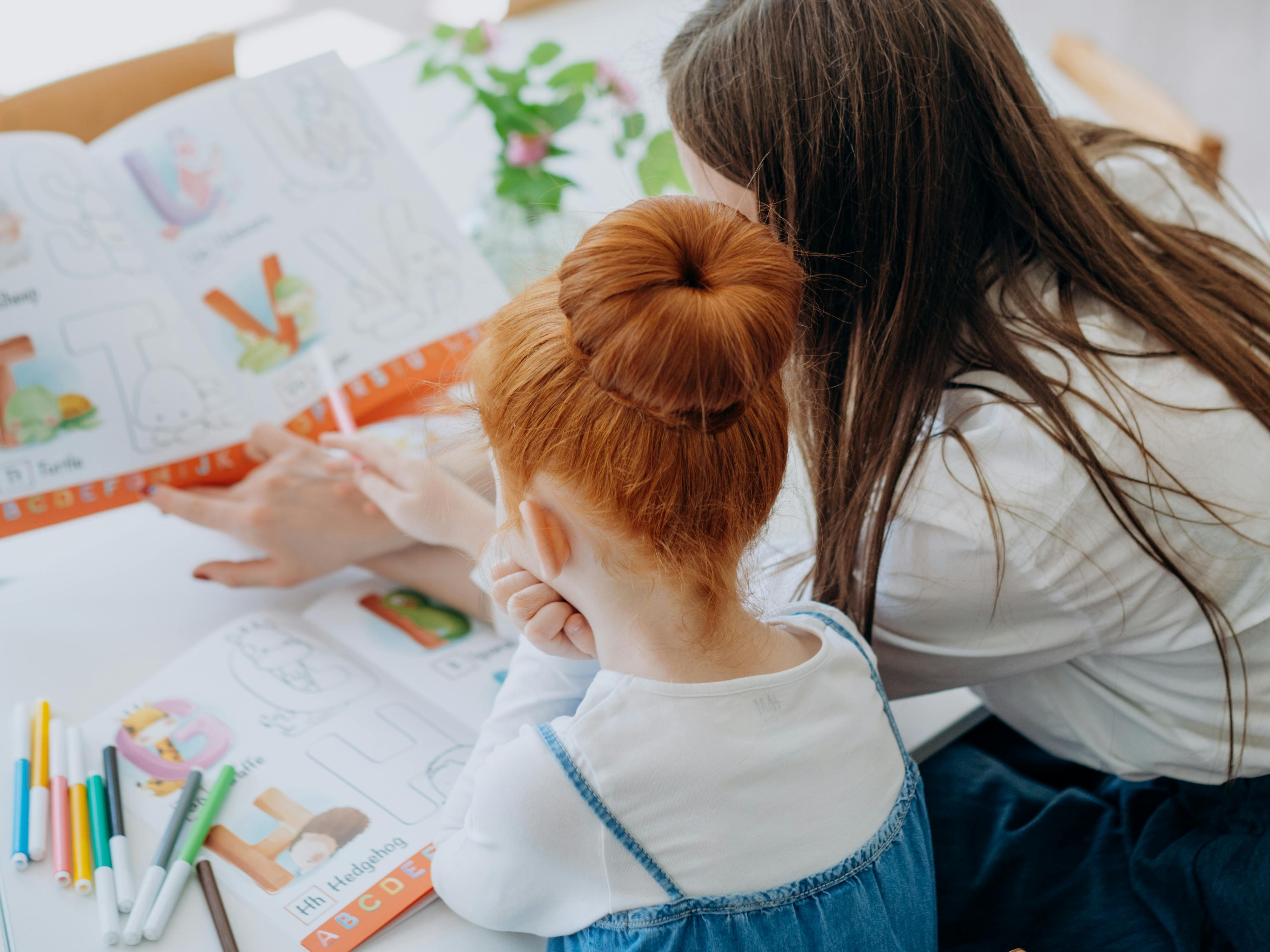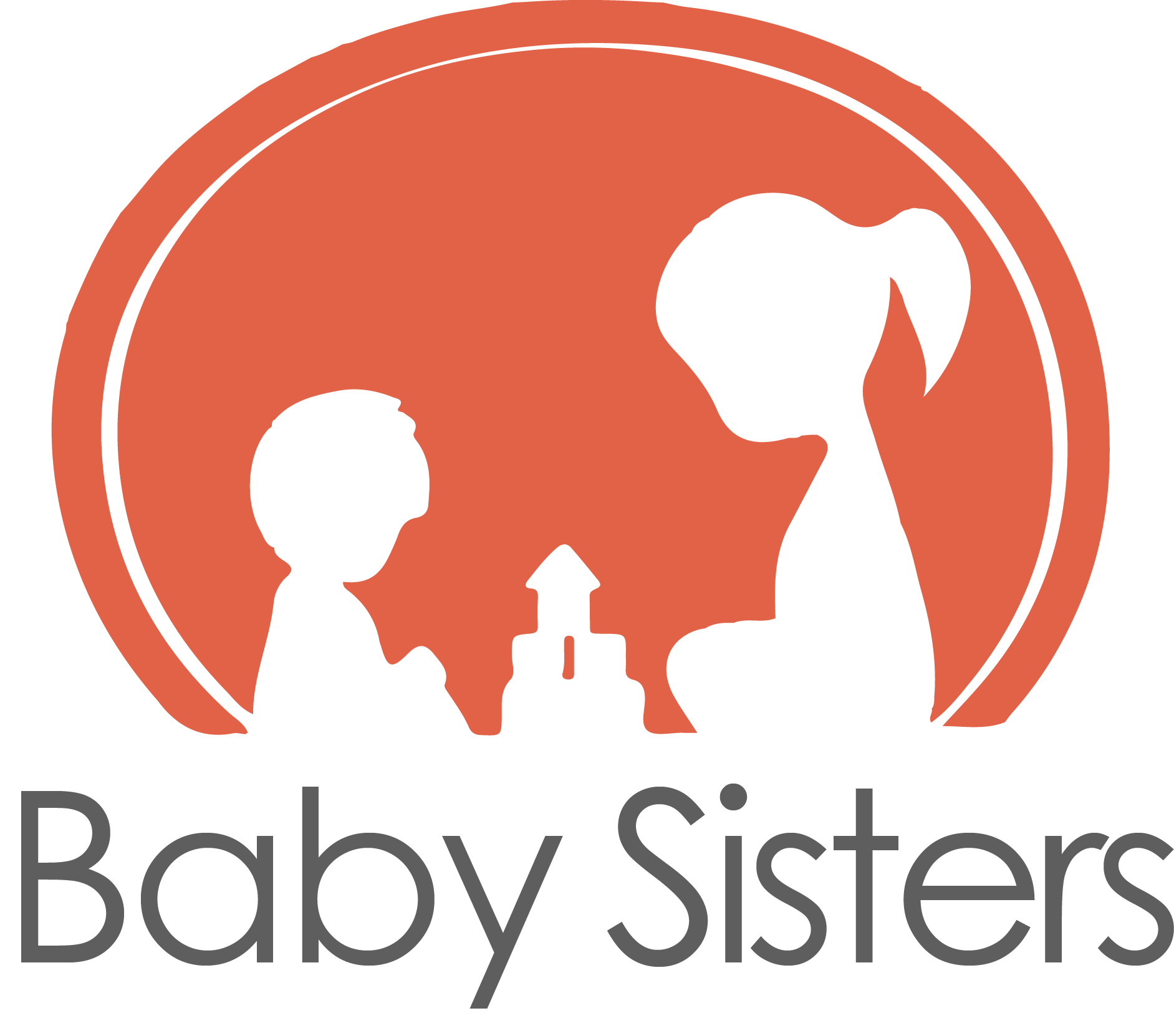
EN / PT
What training should a babysitter have?

A babysitter should have training in pediatric first aid, experience or certified education in areas such as Education, Psychology or Child Recreation, and strong fundamentals in child safety and care. Knowledge of infant/child nutrition and behavior management is also valued. Agencies like Baby Sisters ensure this baseline training is in place and/or provide the necessary training before placing a professional to care for children.
Why training matters for a trustworthy babysitter
When you’re deciding who gets to care for your child, qualifications aren’t a “nice to have”—they’re the foundation of a trustworthy babysitter. Pediatric first-aid and CPR skills help a sitter respond in the critical minutes before emergency services arrive. The American Academy of Pediatrics puts it plainly: “New parents, grandparents, babysitters, and anyone caring for an infant or young child can gain confidence to perform basic CPR and choking relief anytime, anywhere.”
European and UK guidelines reinforce this. Resuscitation councils advise that for infants, trained lay rescuers should prefer the two-thumb encircling technique for compressions—a concrete example of how up-to-date training improves care quality. (Resus UK, Pediatric Basic Life Support Guidelines; Resuscitation Journal full guidelines)
And training isn’t just about emergencies. UNICEF’s Nurturing Care guidance shows caregiver training improves children’s development outcomes and caregiver wellbeing—exactly the combination you want in your home. (UNICEF Nurturing Care Overview Guide 2024; Nurturing Care website; WHO Nurturing Care page)
The essentials at a glance
Skill/Knowledge | Minimum Expectation for a Trusted Babysitter | How to Verify | Why it Matters |
|---|---|---|---|
Pediatric First Aid & CPR | Current certification (renewed regularly) | Ask for certificate/date; confirm with issuing body | Faster, safer response to choking, allergic reactions, injuries. (American Red Cross)** |
Child Safety Fundamentals | Safe sleep, home & playground safety, supervision ratios | Ask scenario questions; request any course records | Reduces preventable incidents; aligns with quality-care checklists. (Child Care Aware checklist) |
Behavior Management | Positive discipline; de-escalation; routines | Ask for examples dealing with tantrums/transitions | Keeps calm, consistent care; lowers stress for child and parent. |
Child Development Basics | Age-appropriate play; early learning | Ask about activities for your child’s age | Supports learning and emotional growth. (Nurturing Care) |
Nutrition & Allergies | Safe prep; choking-risk awareness; allergy protocols | Discuss your child’s needs; epi-pen familiarity | Prevents risks; ensures healthy routines. (Child Care Aware checklist) |
Expert guidance (short & sweet)
AAP: Non-medical caregivers can and should learn infant CPR/choking relief to act confidently in emergencies. (AAP Life Support Overview)
Resuscitation councils (ERC/Resus UK): “Preferably use a two-thumb encircling technique for chest compression in infants.” (Single rescuers may use two-fingers.) (Resus UK Guidelines)
Red Cross: Many parents value formal babysitter training—most are willing to pay more for certified sitters. (Red Cross Babysitting & Child Care)
UNICEF Nurturing Care: Training packages strengthen caregivers and improve child outcomes. (UNICEF Nurturing Care Overview Guide)
How Baby Sisters handles trusted babysitter verification
Baby Sisters operates with vetted sitters and structured support—from quick, transparent booking to verified caregiver profiles and on-call assistance—so families aren’t starting from zero. (Baby Sisters official site)
What that means for you:
Baseline checks and verified profiles before placement. (Baby Sisters official site)
Emphasis on pediatric first aid & safety know-how; guidance aligned with recognized standards (AAP / Resus). (AAP Life Support Overview, Resus UK Guidelines)
Ongoing support so training translates into day-to-day reliability and peace of mind. (Baby Sisters official site)
Babysitter qualification checklist (use during your selection)
Use these babysitter selection tips to verify training and reliability:
Ask to see pediatric first-aid/CPR certificates and their expiry dates. (If lapsed, agree on a refresh before the booking.) (Red Cross Babysitting & Child Care)
Run two or three scenario questions (e.g., “My toddler is coughing while eating—what do you do?”). Listen for steps consistent with Red Cross / AAP guidance. (AAP Life Support Overview, Red Cross Babysitting & Child Care)
Request two recent family references and follow up.
Review a day plan with age-appropriate activities (learning through play) and snack/meal ideas. (Nurturing Care)
Confirm comfort with your child’s allergies/medications and check for epi-pen familiarity if needed. (Child Care Aware checklist)
For ongoing roles, check for continuing education or refresher commitments. (Quality programs encourage periodic upskilling.) (Child Care Aware checklist)
Pro tip: Child Care Aware’s family checklists are great prompts for your interview and home walkthrough. (Child Care Aware checklist)
A real-life example from Baby Sisters families
One parent shared: “The babysitter was very punctual, friendly and pleasant.” That simple feedback embodies reliability—on timetime, warm, and professional—backed by Baby Sisters' structure. (Baby Sisters Reviews)
Another frequent theme in reviews is easy booking and responsive support, which complement certifications to deliver day-of peace of mind. (Baby Sisters Reviews)

Addressing common counterarguments
“Experience beats certificates.” Experience is invaluable—no course replaces years with kids. But in an emergency, current pediatric first-aid/CPR training can be decisive. The best outcome comes from combining both. (AAP Life Support Overview, Resuscitation Journal Guidelines)
“Online tips are enough.” Reading helps, but skills like infant CPR or choking relief require hands-on practice and assessment to build muscle memory. (Red Cross Babysitting & Child Care)
“My child is older, so CPR isn’t needed.” Emergencies—like allergies, injuries, or choking—can happen at any age; guidelines address infants and children. (Resuscitation Journal Guidelines)
How to verify babysitter reliability in 10 minutes
Documents: Ask for a photo of the CPR/First-Aid card and its date. (Red Cross Babysitting & Child Care)
Two scenarios: Choking + allergic reaction—listen for structured steps. (Resuscitation Journal Guidelines)
Activities snapshot: Ask for one learning activity and one outdoor/sensory activity suited to your child’s age. (Nurturing Care)
House rules recap: Ask sitter to repeat back safe sleep, screen, and kitchen rules. (Child Care Aware checklist)
Safety check: Locate the first-aid kit and confirm emergency contacts. (Child Care Aware checklist)
The bottom line (and why Baby Sisters helps)
A truly trustworthy babysitter combines:
Pediatric first-aid/CPR certification,
Experience or formal background in Education, Psychology, or Child Recreation,
Mastery of core child safety and care skills, and
Practical knowledge of nutrition and behavior management.
Agencies like Baby Sisters pre-screen sitters and support them to ensure these benchmarks are met—or provide training before placement—so your family can feel confident from day one. (AAP Life Support Overview; Red Cross Babysitting & Child Care; Baby Sisters official site)

